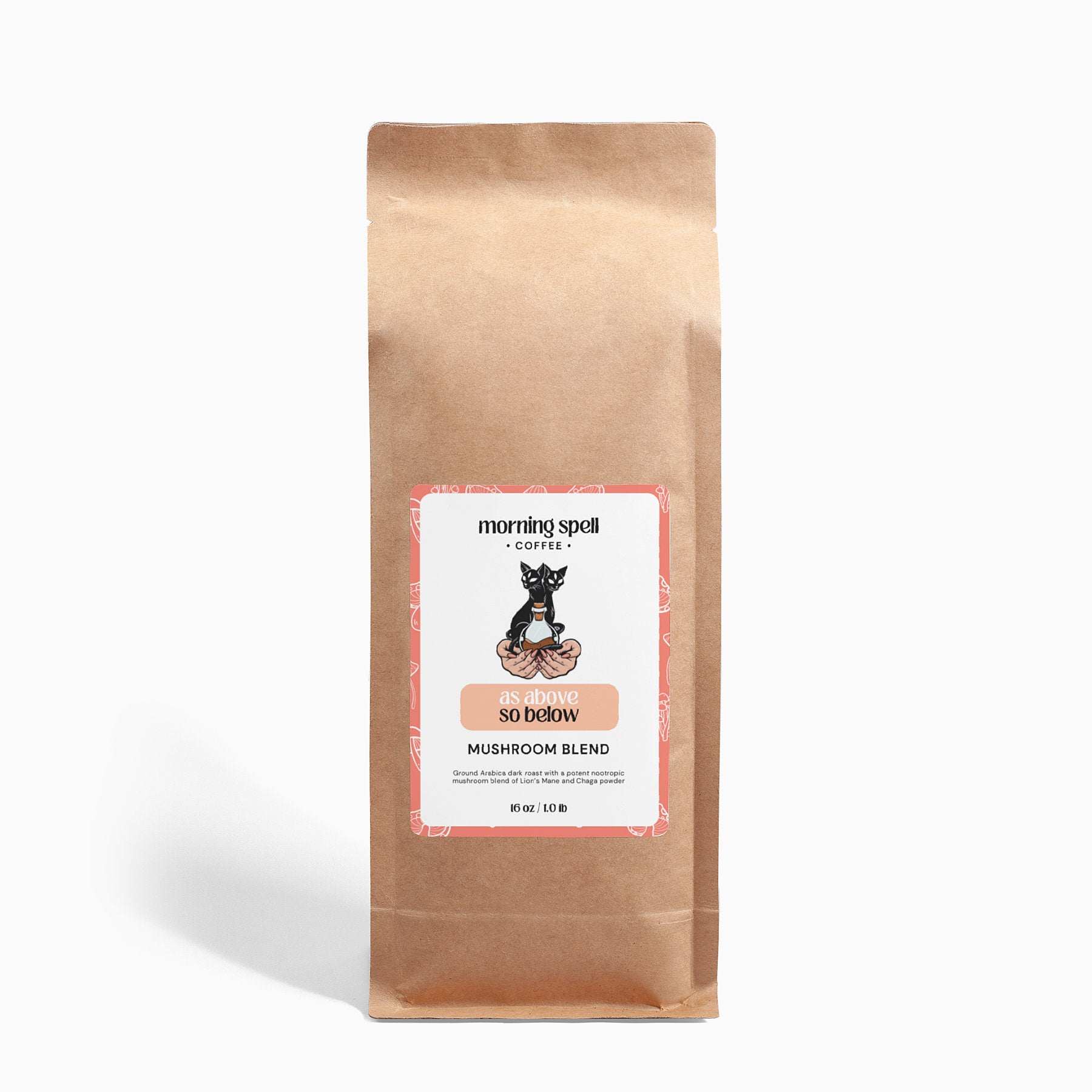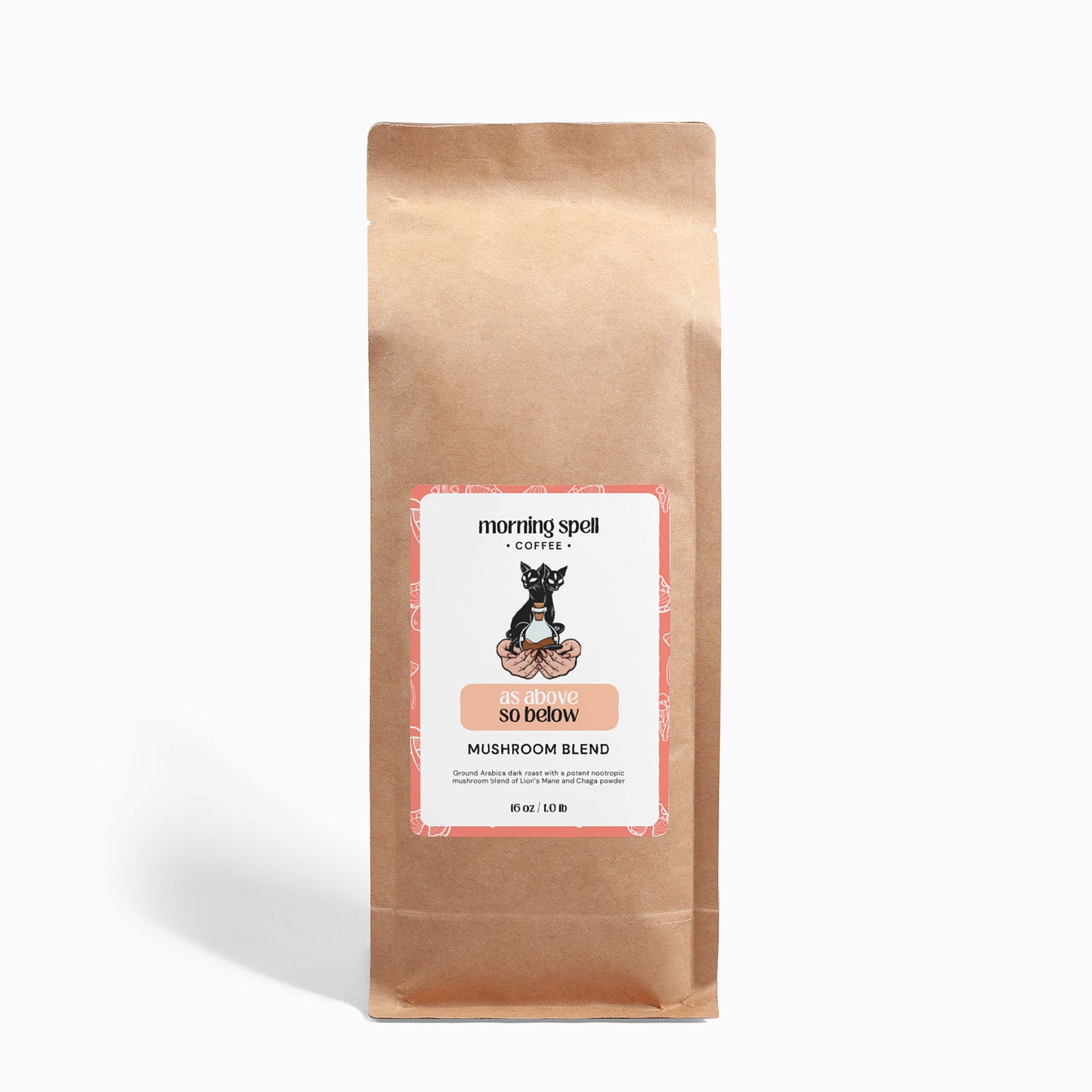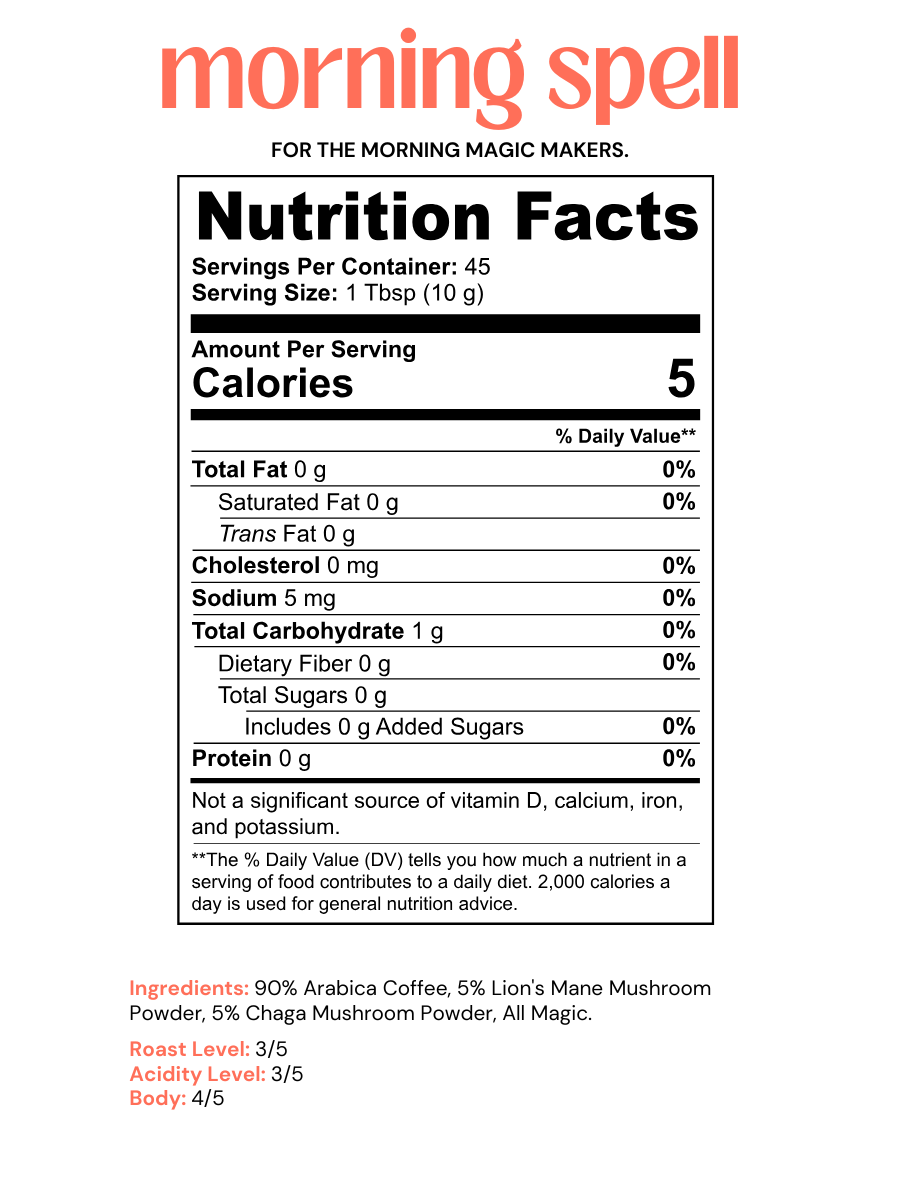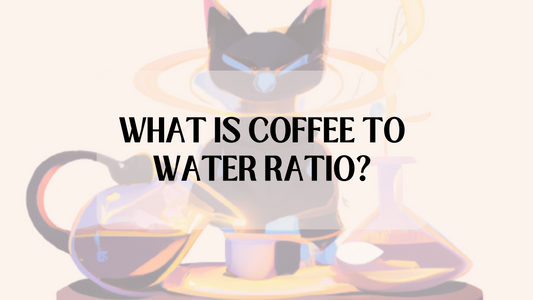Table of Contents
Are you in the know about single origin coffee? If not, let’s get you up to speed.
What does single origin coffee mean? It comes down to where it’s sourced. Single origin comes from one specific geographic location, like a farm or an estate. This means the beauty of single origin coffee lies in its unique flavor profile, quality control, roasting process, and sourcing practices.
In this post, we're going to dive into everything you need to know so you won’t have to ask “what is single origin coffee” ever again and appreciate it just like us. ;)
Why is Single Origin Coffee Better?
Not to say that single origin coffee is the only way, of course! But single origin coffee has a lot of benefits over blended coffee.
A few are,
- Unique Flavor Profiles: Every region in the world where coffee is grown produces a distinct flavor profile that you can taste in the coffee. The unique flavor profiles is what makes single origin coffee so memorable.
- Traceability: With single origin coffee, you know exactly where your coffee comes from. This transparency and accountability are what build trust and make the industry stronger.
- Quality Control: Producers of single origin coffee have high standards for quality control to ensure that every cup meets the specific flavor profile of the region.
Where Single Origin Coffee is Sourced
Single origin coffee is sourced from all over the world. Here are some of the top regions:
- Latin America: Colombian coffee, Brazilian coffee, and Costa Rican coffee are known for their mild and balanced flavor profile. These are among the most popular coffee-growing regions in the world.
- Africa: Ethiopia, Kenya, and Tanzania produce coffee with fruity and floral notes that lend to a soft but delicious taste.
- Asia: Indonesian coffee, Vietnamese coffee, and Indian coffee have a bold and spicy flavor profile that coffee drinkers love.
Because all the underlying notes are slightly different, it's important to try the coffee black before deciding what to put in coffee to enhance the flavor.
How is Single Origin Coffee Roasted?
Roasting involves heating the coffee beans to a specific temperature and for a specific duration of time, which affects the flavor, aroma, and body of the coffee. The way single origin coffee is roasted is a critical part of the process, and it’s a special art that sets it apart from other types of roasting.
So what’s the difference in how single origin coffee is roasted vs blends?
- Single origin coffee beans are typically roasted lighter than blends. This allows the distinct flavor notes of the beans to shine through, as opposed to blends which are roasted darker to create a consistent flavor profile.
- The roasting process for single origin coffee is often customized to the specific beans being roasted. Roasters adjust factors such as temperature, time, and airflow to bring out the best in each batch of beans.
- Growing conditions such as soil quality, altitude, shade, and climate can greatly influence the overall flavor of single origin coffee beans. Roasters who specialize in single origin coffee take these factors into account when roasting the beans, to preserve and highlight their unique flavor profile.
When it comes to the actual roast levels, they can be light, medium, or dark, depending on the bean, region and the desired flavor profile.
- Light roasts preserve the bean's unique flavor, while dark roasts tend to mask it with a bold and smoky taste.
- Medium roasts are somewhere in between and offer a balance of the two.
What is Single Origin Coffee “Traceability”?
Traceability is one of the advantages of single origin coffee and quality control is essential in the production process to ensure that every batch meets the high standards of single origin coffee.
When we talk about traceability in the context of single origin coffee, we're talking about the ability to track a particular coffee bean's journey from the farm to your cup. Since single origin coffee comes from a specific location, it's easier to trace…
- Where the single origin beans came from
- How they were harvested
- How they were processed
This is important for a number of reasons, including ensuring that the coffee was ethically sourced, that the farmers who grew it were fairly compensated, and that the coffee was grown and processed using sustainable practices. Traceability is also important for ensuring that the coffee you're drinking is truly a single origin coffee, and not a blend that includes beans from multiple locations.
Fun fact: Tasting panels and sensory analysis are some of the quality control techniques that producers use to ensure that the coffee meets the specific flavor profile of the region.
What is Single Origin Coffee vs Blend?

What is single origin coffee vs blend? In a nutshell (or... in a Brazilian nutshell? 🫘) single origin coffee is sourced from one location, whereas blended coffee is a mix of beans from different locations.
Some of the other major differences when it comes to a single origin vs blend are…
Single Origin Coffee:
- Sourced from a single geographic location
- Provides traceability, allowing consumers to know exactly where their coffee came from
- Offers unique flavor profiles specific to a particular region
- Allows for a more authentic and memorable coffee-drinking experience
- Roast level and freshness are crucial to the flavor profile
Blended Coffee:
- Mix of beans sourced from multiple locations
- Can create a consistent flavor profile
- Can mask the unique flavors and characteristics of the individual coffees
- Often used for commercial purposes, such as creating a consistent flavor for a coffee chain
- Roast level and freshness may not be as crucial to the flavor profile as with single origin coffee.
While blending can be a great way to create a consistent flavor profile, it can also mask the unique flavors and characteristics of the individual coffees. In contrast, single origin coffee allows coffee drinkers to experience the distinct taste and aroma that is specific to a particular region.
Choosing and Brewing Single Origin Coffee
Choosing the right single origin coffee and brewing it correctly can make all the difference in the flavor profile of the coffee. Here are some tips for choosing and brewing the best single origin coffee:
- Research the Region: Before purchasing single origin coffee, do some research on the region where it was grown to get an idea of the flavor profile and aroma.
- Consider the Roast Level: The roast level of single origin coffee can drastically affect the flavor profile, so consider your personal preferences and the specific bean when choosing a roast level.
- Grind Your Beans Fresh: Grind the beans just before brewing to maximize the flavor of your coffee.
- Experiment with Brewing Methods: Different brewing methods can bring out different flavors and aromas in single origin coffee. Experiment with different methods, such as pour-over, French press, and espresso, to find the one that brings out the best in your coffee.
What is single origin coffee ultimately? Unique, sustainable, traceable, region specific coffee that tells the story of where it came from, through flavor.
Our "Brew of Riches" single origin Brazilian whole bean coffee is a great one to start with.






